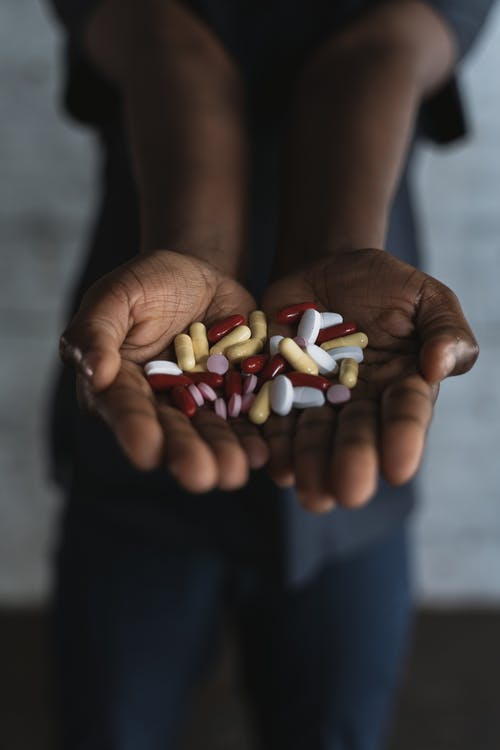Opioid treatment centers are few and far between, at least in Ohio.
Many individuals who suffer with opioid use disorder (OUD) are not able to access the treatment they need even when they’re motivated to do so. A new study shows that there are many areas across the state of Ohio, specifically, where treatment centers are rare, and in 2017, the Centers for Disease Control and Prevention (CDC) found Ohio had the second-highest drug overdose death rate in the nation.
“The study identified clear opioid treatment deserts that undoubtedly stand in the way of access to needed care and that likely exist throughout the state and the nation. These are areas where treatment providers should be setting up shop. We need a surge of resources into these areas,” said researcher Ayaz Hyder, an assistant professor at Ohio State College of Public Health.

The team used data from a four-year span between 2013 and 2017 associated with emergency medical services in Franklin County. They found 7,000 EMS runs during which patients were given naloxone and compared these cases with the distance travelled to the closest treatment center. Previous research has indicated the likelihood of someone staying in treatment drops by as much as 50% when it is more than a mile away from their home. The median travel time to a center was “two minutes by car and 17 minutes by public transit.” The team also discovered that it was commonly longer and that whites had shorter times to centers than Blacks.
“We found large swaths of the county where people experienced an overdose but had no nearby option for treatment,” Hyder said. Researcher Gretchen Hammond, a lecturer in Ohio State’s College of Social Work, added, “Proximity matters – it is arduous to have to travel far to receive vital services. We often overlook travel time and distance. We think because something is on the bus line that it is accessible. Not if that bus ride is 1.5 hours one way.”
A 2019 study also determined, “Despite the strong evidence for the effectiveness of medications in reducing morbidity and mortality, increasing treatment retention, and improving well-being for individuals with opioid use disorder (OUD), numerous barriers prevent broader access to medication-based treatment.”
Researchers involved in the 2019 study found that there are seven major barriers to OUD treatment, including, “High levels of misunderstanding and stigma toward drug addiction, individuals with OUD, and the medications to treat it; Inadequate education of the professionals responsible for working with people with OUD, including treatment providers and law enforcement and other criminal justice personnel; Current regulations around methadone and buprenorphine, such as waiver policies, patient limits, restrictions on settings where medications are available, and other policies that are not supported by evidence or employed for other medical disorders; The fragmented system of care for people with OUD and current financing and payment policies.
Overall, Hyder indicated, “Access to treatment needs to be equitable and we need to eliminate the accessibility problem.” This is especially true as overdose rates increase amid the pandemic.
Sources:
Many Americans Live Too Far From Opioid Addiction Treatment
Barriers to Broader Use of Medications to Treat Opioid Use Disorder


Join the conversation!